Who doesn't love dragons? Even though they never existed, they've left their mark on human history. Here are 10 of the most culturally important dragons in the world.
10. Zilant

You may not have heard of this, but Kazan — one of the most important cities in Russia. The capital of the Republic of Tatarstan, an independent khanate, it was captured by Ivan the Terrible, rebuilt by Catherine the Great, and both Tolstoy and Lenin studied here in their student years. In fact, it is a century and a half older than Moscow and better reflects the mystique of Eurasia, where east and west meet. In fact, Moscow paid Kazan huge sums , so that it would remain part of the country. It is now a large, oil-rich manufacturing center.
The story of its foundation is similar to the myth of the creation of the world. According to legend , the land on which Kazan was built was a nest of snakes, permeated with a putrid stench and a hissing sound. One of the snakes in particular, known as Zilant, had two heads: one like a snake, with which it ate animals, and one like a bull, with which it ate grass. Thinking it was the perfect place to found a mighty capital, the founder of Kazan hired a wizard to clear out the nest. However, since it also had wings, Zilant fled to a nearby hill and terrorized the city as it grew.
Eventually, Zilant was killed and is now immortalized oncoat of arms of Kazan In heraldry, Zilant is a dragon called wyvern They have the upper body of a dragon and the lower body or tail of a snake.
9. Ryujin
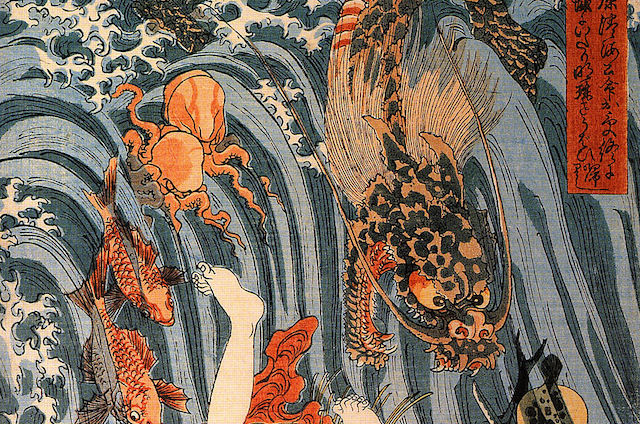
In Japan, the dragon is a symbol of power. There are two types, tatsu And ryu , both of which, unlike Chinese dragons, are usually depicted with three claws. The most powerful of these is the Shinto dragon god Ryujin. Living underwater in a coral palace, he is the Lord of the Ocean and the possessor of the Tidal Jewels, which he uses to control the tides. Being a water dragon, he is accompanied by a staff of butlers. -half-fish-half-human .
Considered the guardian of the Shinto faith, Ryujin is depicted in temples and shrines throughout Japan. He is followed by dragon kings , perhaps the most diverse dragons in the world. Among them are the 40-foot Han Ryu, striped with nine different colors; the eight-headed Yamata-no-Orochi; and the super-sighted Ri Riu, who can see more than 100 miles.
Ryujin also has a daughter, "Shining Pearl" Toyota-Hime As the Sea Dragon Princess, she is known for her extraordinary beauty, except for her dragon form.
8. Antaboga
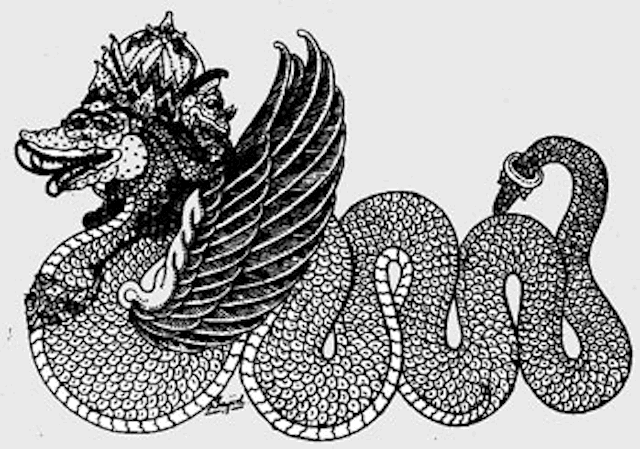
Warp Javanese shadow theatres , Antaboga - "World Serpent" - "older than age itself." Antaboga spent his timeless years in meditation, eventually meditating on the creation of a companion, Bedwang "World Turtle." This was the beginning of the universe .
Noticing that Bedwang had come with the underworld as well as the world, Antaboga closed it with a lid of black stone. But the gods of the underworld, Setesujara and Batara Kala, did not like the darkness and brought it back, allowing the earth and light to flow into existence, and then the water and the sky, the sun, the moon, the stars, and so on.
Then, when the universe was created, Antaboga went to Heaven. However, the story does not end there. In Heaven, he was asked to build a palace for the supreme god, Batara Guru, and he found that without arms and legs, it was impossible. So the dragon cried, and from his tears emerged an egg encrusted with precious stones. Fortunately, this was enough to please Batara Guru, who considered it a beautiful decoration for his palace - even after the goddess Devi Sri hatched.
7. Fafnir
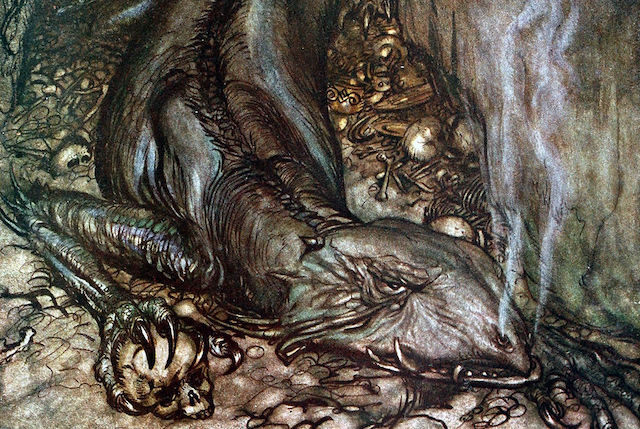
Once a mortal man, Fafnir became a dragon after he killed his father for his gold, which, unknown to him, was cursed by the Norse god Odin. Unable to spend his ill-gotten wealth, Fafnir was doomed to protect him …until the hero Sigurd, egged on by Odin and Fafnir’s brother Regin, killed him. At his brother’s request, Sigurd also took out Fafnir’s heart and roasted it over a fire. According to legend, Regin hoped to gain knowledge by eating the dragon’s heart. Unfortunately for him, however, Sigurd touched the heart while it was cooking to see if it was done, and burned his thumb. He then put the burnt finger in his mouth, accidentally swallowing part of the heart, and suddenly discovered that he could understand the language of birds, which warned him, just in the nick of time, that Regin was planning to kill him. So Sigurd killed Regin instead and took Fafnir’s treasure for himself.
What makes Fafnir so important, you ask? This old Norse dragon wasn't just the star of the Völsunga saga, he was also a key influence on J.R.R. Tolkien and became the model for dragon Smaug from "The Hobbit" . Like Fafnir, who warns Sigurd against his hoard, saying, "The same gold that I have shall be your curse," Smaug can speak. "My armour is like a tenfold shield," he warns Bilbo Baggins, "my teeth are swords, my claws are spears," and so on. And of course, Baggins, like Sigurd, is there to steal his treasure.
However Fafnir and other dragons in ancient literature (including the dragon in " Beowulf ”) were not just models for Smaug; they were the spark of all Middle-earth. “I longed for dragons,” Tolkien once said, describing “the world which contained even Fafnir’s imagination” as rich and beautiful. In fact, some of his earliest stories were about dragons. So without Fafnir, we might never have had any "The Lord of the Rings" , not even the fantasy genre as we know it.
6. St. George's Dragon
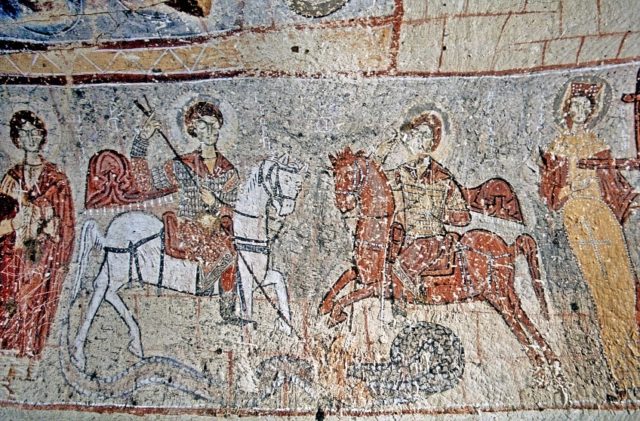
The dragon killed by the Roman warrior of Greek origin, known today as Saint George, lived near the city of Silene (in the territory of modern Libya ). According to legend, he rode into the city amidst an approaching storm and pierced the beast with his spear, whom he named Ascalon .
However, it was not until the 9th century, 500 years after St. George’s death, that the earliest depictions appeared. The tale did not even reach Western Europe until the 13th century – almost a millennium after his death. In other words, it is safe to say that the story was little more than a fable.
However, this does not mean that people in the Middle Ages did not believe in dragons. They did . In fact, dragons have appeared in reputable bestiaries and natural history books. One reason for this is the prevalence of fake stuffed “dragons.” But it’s also because observations are lost in translation. In Europe, at least, the mythical dragon probably evolved from centuries of embellishment of what was originally a kind of snake, because the Greek word for “serpent” is dragon .
5. Yu Draig Goh
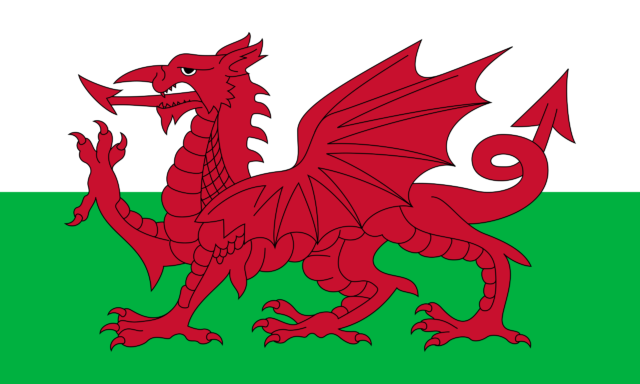
The national flag of Wales is one of the most colourful in the world: a large and detailed red dragon ( Drag goch in Welsh) on a green and white background. And although (officially) it dates back to 1959 , the red dragon has been the emblem of Wales for much longer, and was used as early as 655 AD by Cadwaladr, King of Gwynedd.
The red dragon also appears as a symbol of Wales in the 12th century legend of Merlin ( Mirdine ), awakening and fighting a white dragon representing England. In fact, the name of King Arthur's father Uther Pendragon means "dragon's head." In 1346, at the Battle of Crecy Welsh archers in green and white marched under the banner of the red dragon. But it was Henry VII who first superimposed the red dragon, the mark of his own house of Cadwaladr, on a green and white background, the colours of the House of Tudor, for his flag at the Battle of Bosworth.
By the early 19th century, when Britain annexed Ireland, the red dragon was the obvious choice for Wales' national emblem. In 1953, it was surrounded by a circle of text: And Ddraig went to the ddyry cychwyn ("the red dragon gives a push").
4. The Great Red Dragon
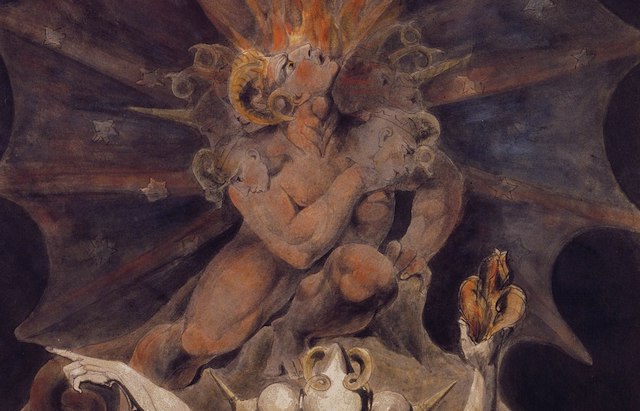
In the Bible's final apocalyptic book, the Book of Revelation, Satan appears as the Great Red Dragon. And he does not hold back. Appeared seven-headed beast with 10 horns (it is believed that it symbolizes seven hills of rome ) and "took a third of the stars from the sky and cast them to the earth." Then he "stood before the woman who was about to give birth, so that when she gave birth to the child, he could swallow it up."
The Great Red Dragon , painted by William Blake, hates the woman for giving birth to a follower of God. In Blake's series of watercolours, the sky is stormy and dark, stirred by the flapping of the Red Serpent's wings. A torrent, summoned by the dragon, rises to engulf her, but at the last moment, as the dragon hovers to watch her drown, God saves her by giving her wings.
For Blake, good and evil were two sides of the same coin, hence the image of the woman's and the dragon's arms extended in a mirror image. Neither exists independently of the other.
3. Druk
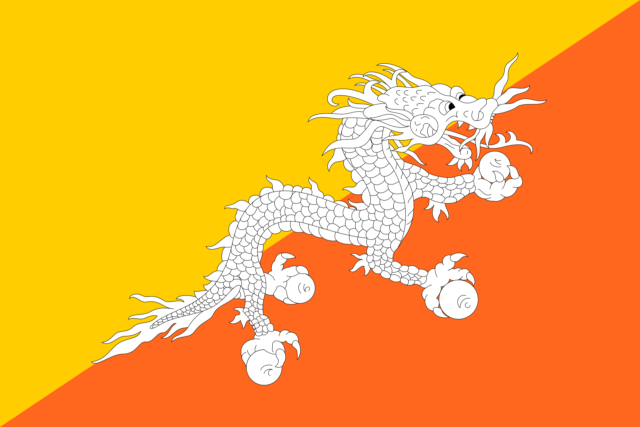
Another country with a dragon on its flag is Bhutan. Almost ethereal in white ( although initially green ) against an orange and yellow background, this is Druk - Thunder Dragon . In fact, for the people who live there (the Drukpa), the real name of Bhutan is Drukul, "Land of the Thunder Snake." There is an entire Thunder Snake culture with dragon temples and monuments that has been passed down from generation to generation since ancient times.
Druk originated in Tibet and spread to Bhutan as the Drukpa Kagyu lineage. In Tibetan mythology, Druk Subordinate to Klu - Chinese-style water dragons, temperamental in nature, whose queen rode out in a dress made of snakes and with a sack full of diseases.
The Druk is generally benevolent. On the flag of Bhutan, its white scales symbolize the purity and unity of the various ethnic groups, and the gems in its claws symbolize the wealth and perfection of the Drukul, or Bhutan.
2. La Gargouille
The French city of Rouen was terrorized by a bloodthirsty dragon in the Middle Ages — at least according to legend. La Gargouille, who lived in a cave by the Seine, had a snake's neck, a thin head, and "membranous wings". But he still caused havoc wherever he went, spewing water that sank ships and belching fire. According to legend, locals became so desperate to make peace with the dragon that they sacrificed criminals and (more rarely, reluctantly) young girls.
Eventually, a nobleman named Frater Romanus saved the people, but only on the condition that they build a church in the city and accept baptism. After they agreed, he rode to La Gargoyle and tamed him with the sign of the cross, then took him back to burn him at the stake.
Only his head and neck survived ( fire resistant ), so they were fixed to the city wall. A replica was also carved into the Rouen Cathedral, becoming the world's first gargoyle, an architectural drainpipe named after a dragon. Incidentally, the name La Gargoyle comes from the late Latin gurgula , which means "throat".
1. Azure Dragon

Azure Dragon so important In classical Chinese mythology, the group of stars (or asterisms) that represent it occupies a quarter of the sky and is divided into seven parts. In fact, the Azure Dragon is even important in Japan as the protector of Tokyo and Korea.
Representative of the East, the Azure Dragon is one of the four cardinal totems , except for the Scarlet Bird (south), White Tiger (west) and Black Tortoise (north). He controls the weather, breathes clouds and affects rivers, lakes and seas.
Of course, in Chinese mythology There is many other dragons . Aside from the Dragon King, who controls all of China's seas and can take any shape, the Azure Dragon is simply the most important. Among others, there is also the Horned Dragon, an evil creature that has lived long enough to grow horns; the Treasure Dragon, which guards personal wealth; and the Cloud Dragon, which flies through the clouds to cause rain and is often depicted in paintings.

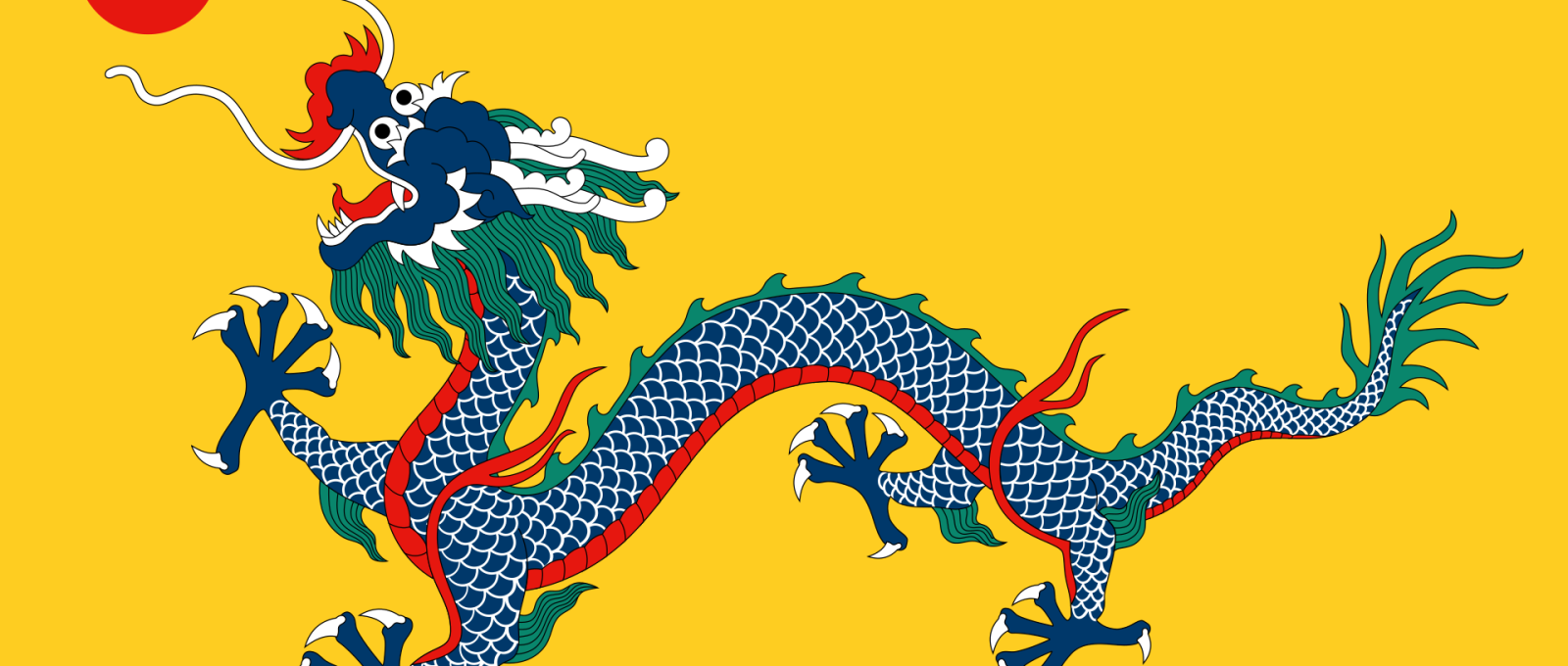
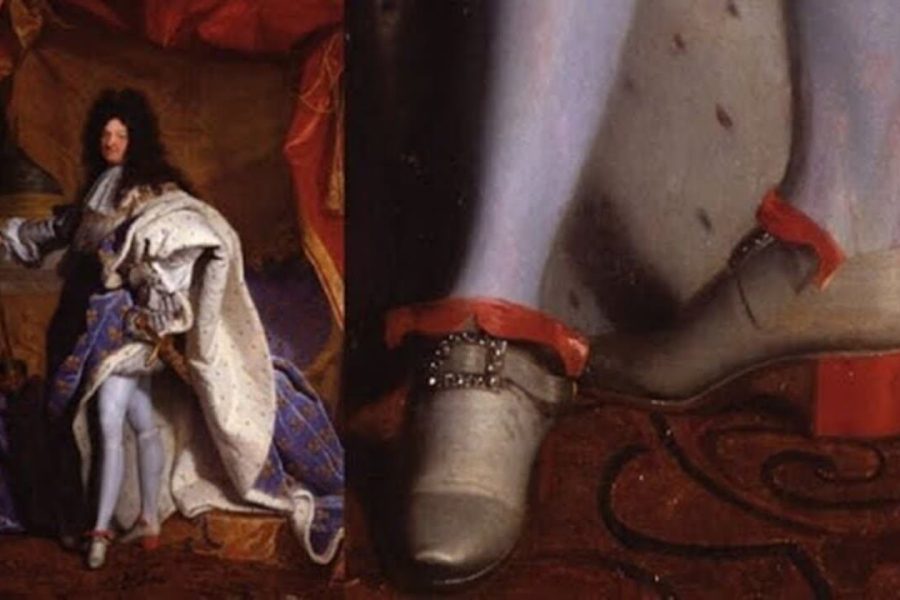


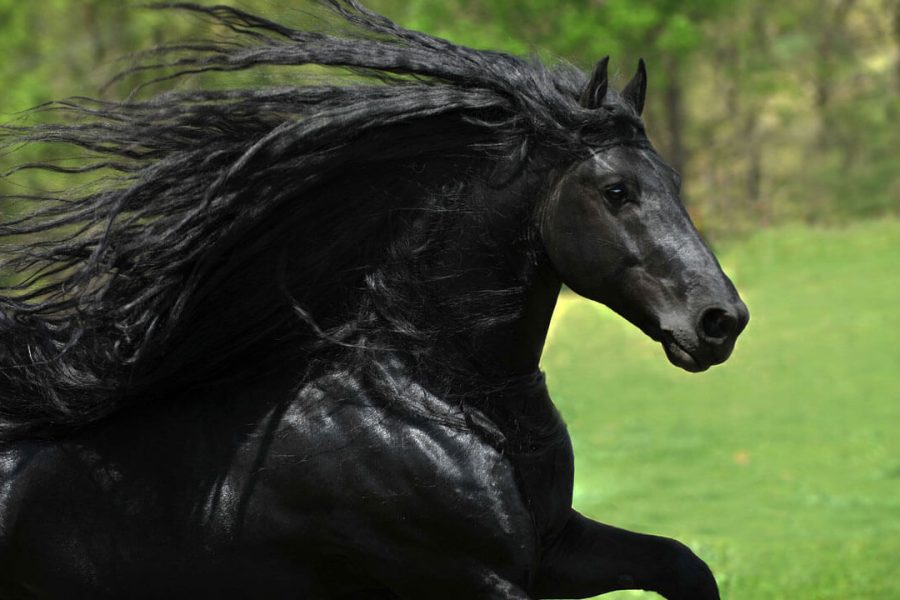







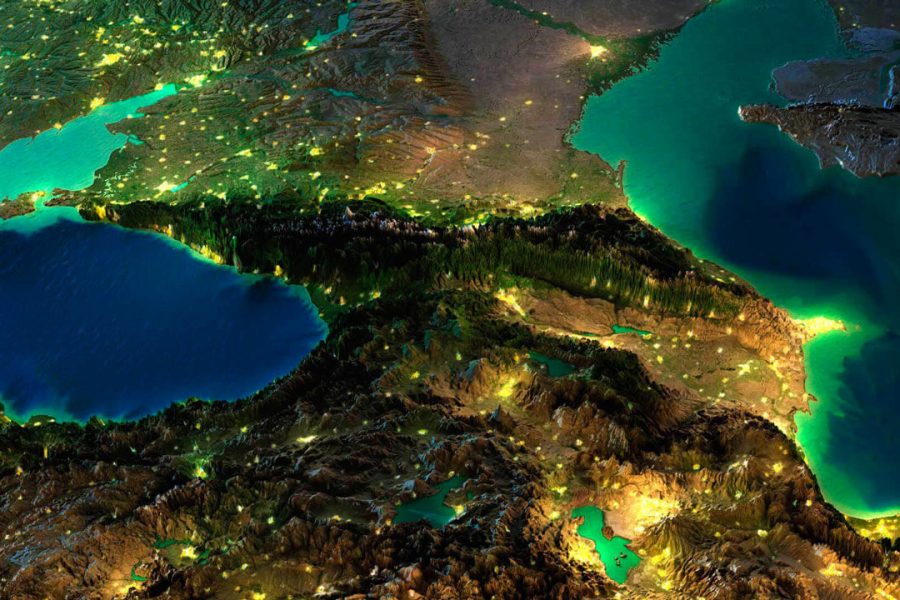
Оставить Комментарий